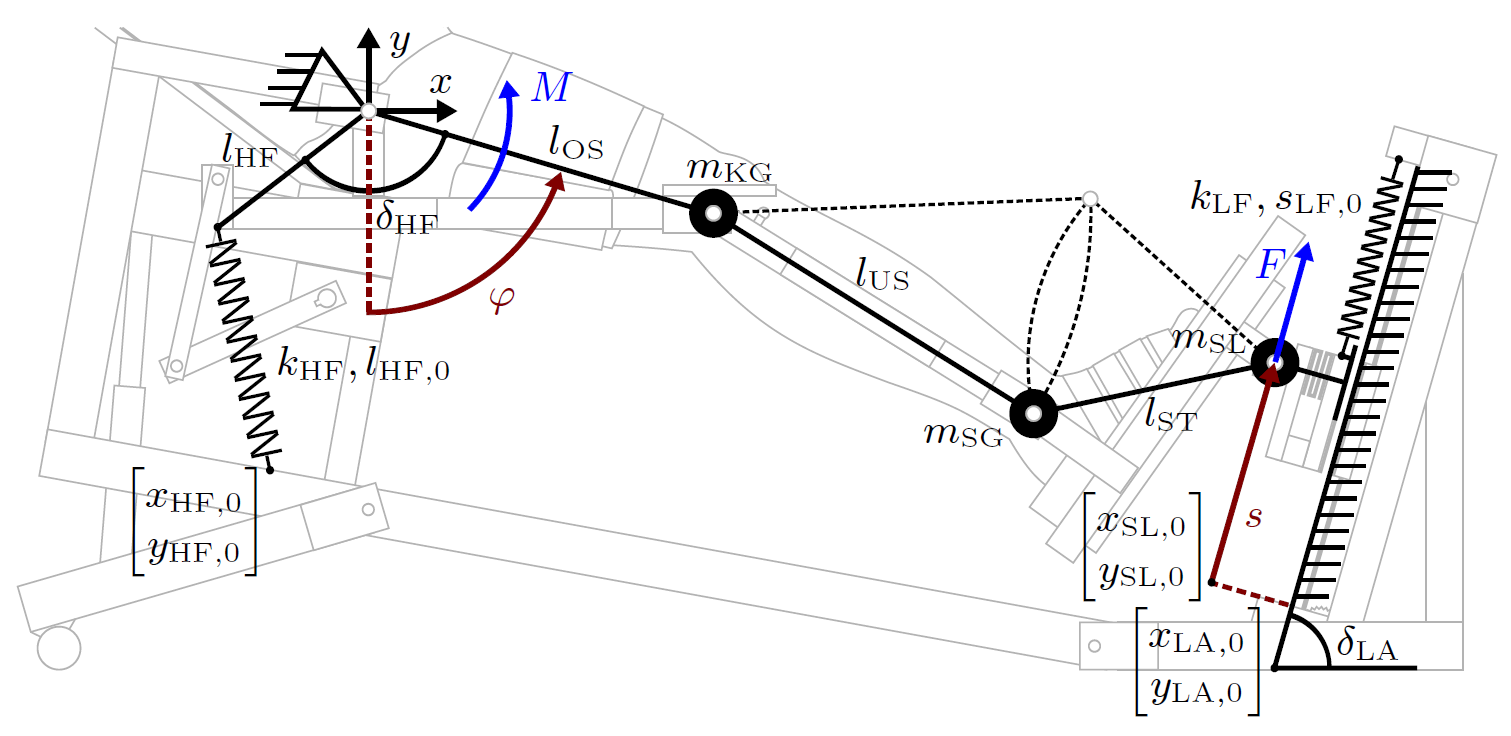Modelling, Identification & Diagnosis
Models are the basis for many tasks in automation. Typically, a model is a description of a process or system in an adequately abstract manner. For dynamic systems, differential equations represent the most use class, but also flow charts or state diagrams are used, e.g. for the design of an finite automaton.
Modelling
The institute's long term experience includes the derivation of adapted models for automation tasks. Besides typical differential equations with lumped parameters, this also includes the description of locally distributed processes, leading to distributed parameter models, as well as state graphs for automatons and many others. Another research focus comprises the development of new modelling approaches for complex processes, e.g. systems with mechanical restrictions and/or friction.
Identification
Besides retrieving models an their parameters from physical principles and mathematical considerations, methods based on measurement data can be applied. These data driven methods can be distinguished between parameter identification and system identification. For the latter task, the whole model description is retrieved from measurement data. Besides the typically application of parameter identification methods, one of the institute's research focuses is the development of system identification methods for different classes and types of systems. For these methods, a main concern is a direct usability of the retrieved models within real-time applications (model-based control and diagnosis as well as observers).
Diagnosis
Diagnosis in the context of automation usually refers to monitoring as well as fault detection and isolation during operation of a technical system. Model-based approaches are especially (but not only) used for more complicated systems to also allow for an indirect monitoring of non-measurable signals. The diagnosis task can be realized as an on-line identification or using filter/observers based on appropriate models. The institute has long lasting experience in the development of such diagnosis methods, e.g. for monitoring of lithium-ion battery aging or meeting operation limits with non-measurable signals.



